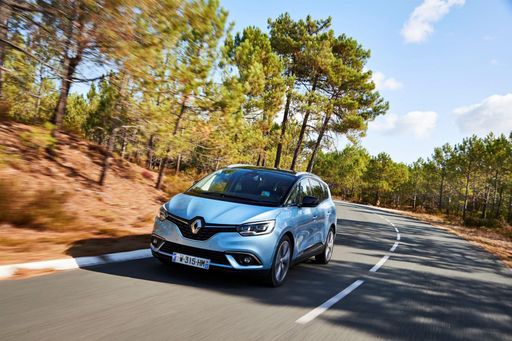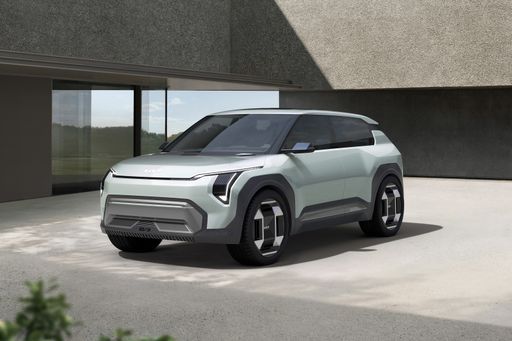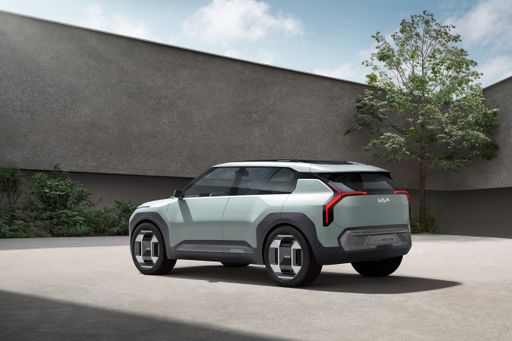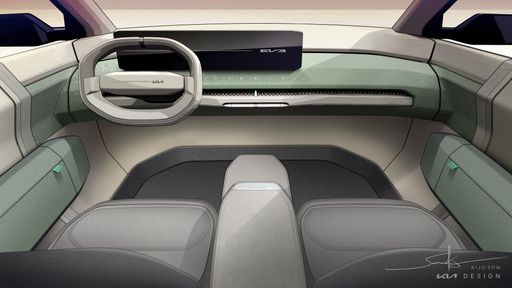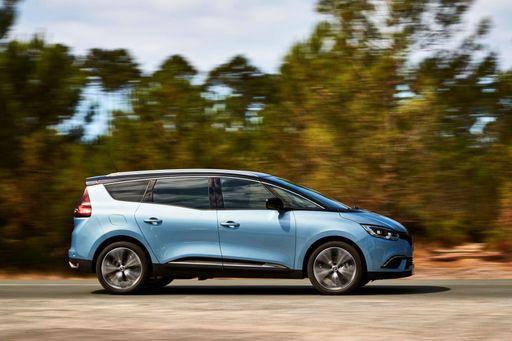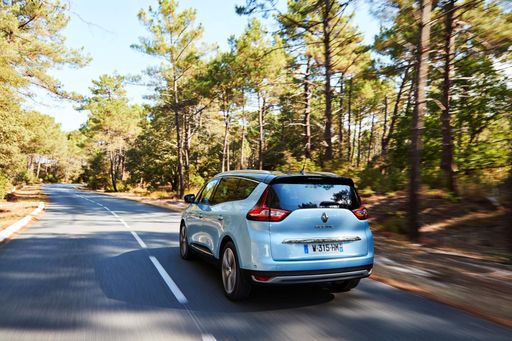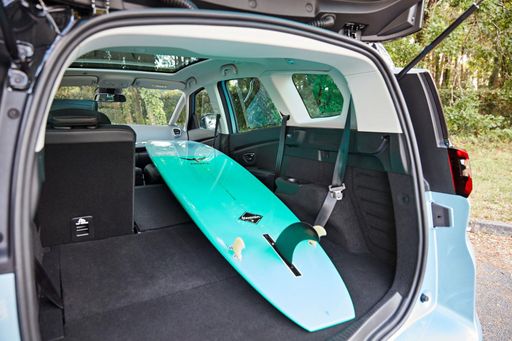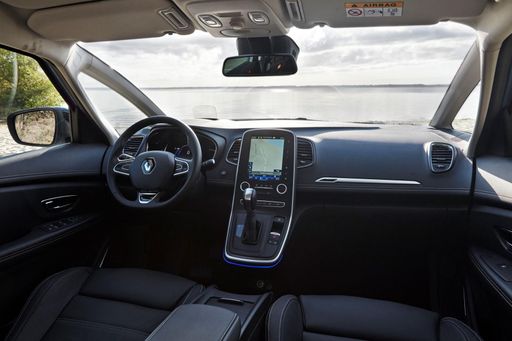Comparing the Future: Kia EV3 vs Renault Scénic
As the automotive industry transitions towards electric vehicles, comparisons between popular models become vital for potential buyers. The 2024 Kia EV3 and the 2024 Renault Scénic represent two compelling choices in the SUV segment, each with unique strengths. This article evaluates these vehicles based on technical specifications, innovations, and driving experiences.

